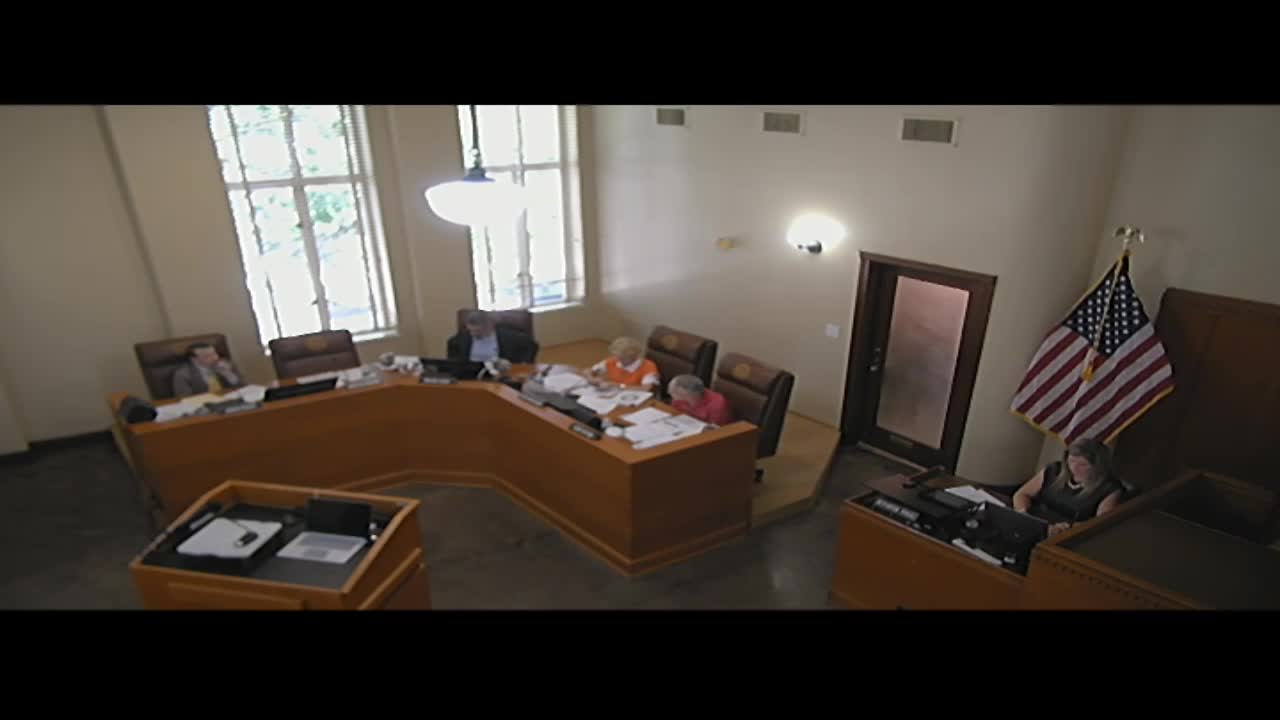Concerns Rise Over Ammo Accountability in Law Enforcement
September 06, 2024 | Rockwall County, Texas
This article was created by AI summarizing key points discussed. AI makes mistakes, so for full details and context, please refer to the video of the full meeting. Please report any errors so we can fix them. Report an error »

In a recent government meeting, officials discussed the rising costs and accountability issues surrounding ammunition purchases for law enforcement. The conversation was sparked by concerns over the significant price variations for ammunition, with estimates ranging from $250 to $1,000 per individual. This discrepancy raised questions about the justification for such expenses, particularly when the minimum requirement for annual firearms proficiency is only 50 rounds.
The Texas Administrative Code mandates that law enforcement personnel must demonstrate proficiency through a course that includes external inspections and a minimum of 50 rounds fired at various distances. However, the meeting highlighted a lack of accountability regarding the ammunition—specifically, whether it is used, stored, or accounted for after purchase. Officials acknowledged that while they review invoices for ammunition purchases, there is no systematic audit of the actual ammunition in possession, which has raised concerns about potential misuse or mismanagement.
One official pointed out that the cost of ammunition seems disproportionate to the actual requirements for qualification, noting that a box of 50 pistol shells costs less than $20. This led to further scrutiny of the number of rounds being purchased compared to what is necessary for annual qualifications. For instance, some individuals reportedly acquire nearly 1,900 rounds to qualify with just 50, raising questions about the efficiency and necessity of such practices.
The discussion also touched on the distinction between qualification and training, emphasizing that the 50 rounds required for qualification do not reflect the total amount needed for comprehensive training courses, which can demand significantly more ammunition. Additionally, officials noted that duty ammunition has a shelf life and must be rotated regularly, further complicating the management of ammunition supplies.
Overall, the meeting underscored the need for improved oversight and accountability in ammunition procurement for law enforcement, as officials seek to balance operational needs with fiscal responsibility.
The Texas Administrative Code mandates that law enforcement personnel must demonstrate proficiency through a course that includes external inspections and a minimum of 50 rounds fired at various distances. However, the meeting highlighted a lack of accountability regarding the ammunition—specifically, whether it is used, stored, or accounted for after purchase. Officials acknowledged that while they review invoices for ammunition purchases, there is no systematic audit of the actual ammunition in possession, which has raised concerns about potential misuse or mismanagement.
One official pointed out that the cost of ammunition seems disproportionate to the actual requirements for qualification, noting that a box of 50 pistol shells costs less than $20. This led to further scrutiny of the number of rounds being purchased compared to what is necessary for annual qualifications. For instance, some individuals reportedly acquire nearly 1,900 rounds to qualify with just 50, raising questions about the efficiency and necessity of such practices.
The discussion also touched on the distinction between qualification and training, emphasizing that the 50 rounds required for qualification do not reflect the total amount needed for comprehensive training courses, which can demand significantly more ammunition. Additionally, officials noted that duty ammunition has a shelf life and must be rotated regularly, further complicating the management of ammunition supplies.
Overall, the meeting underscored the need for improved oversight and accountability in ammunition procurement for law enforcement, as officials seek to balance operational needs with fiscal responsibility.
View full meeting
This article is based on a recent meeting—watch the full video and explore the complete transcript for deeper insights into the discussion.
View full meeting
